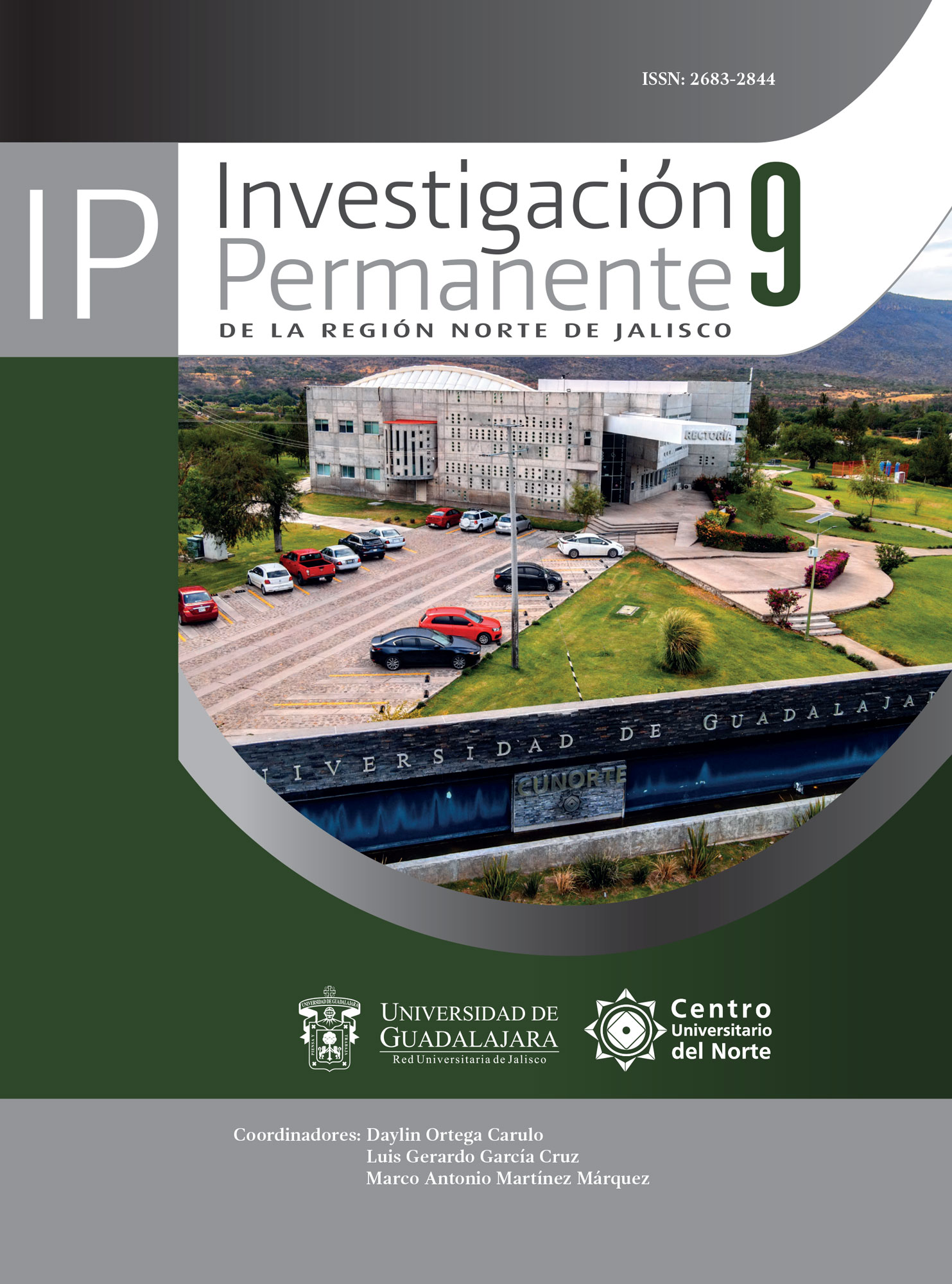Abstract
The majority of students, mestizos and indigenous people of the university campus studied, show deficiencies in the knowledge of standard Spanish both at the syntactic level (grammar) and at the pragmatic level (rules of use). Standard Spanish is the one used in books, the media, official writings, and university classes. Such ignorance often makes the transmission and acquisition of knowledge difficult, so it is advisable to better understand these difficulties. The objective of this work is to support the proposal of the study of taking turns to speak within class, as a relevant research project to optimize the verbal interaction that occurs in the classroom. The exploration presented here was carried out from the perspective of speech ethnography and conversational analysis of North American linguistic pragmatics, where the analysis of turn-taking plays a central role. As results, it was found that interruptions in the rhythm of verbal exchanges within the class frequently occurred due to anomalies when speaking, and came from both mestizo and indigenous students. Based on the observations collected, it was possible to outline a strategy to begin to remedy these communication difficulties. In conclusion, it is advisable that teachers and students keep in mind that there are different ways of using the same language, and that a bachelor's degree graduate increases his or her chances of performing successfully in the workplace if, in addition to grammar, he or she masters the rules of use of Spanish. standard; among which are those concerning taking turns when participating in a formal conversation.
References
Algara- Barrera, A. (2016). Los acuerdos del aula en estrategias de convivencia para fortalecer la democracia en la escuela primaria. Ra Ximhai, 12(3), 207-213.
Cestero Mancera, A. M. (1995). Alternancia de turnos de habla en lengua española: la influencia del sexo y la edad de los interlocutores. Pragmalingüística, 2, 124-149.
Cestero Mancera, A.M. (2000). Los turnos de apoyo conversacionales. Universidad de Cádiz.
González Robles, R. O. (coord) (2013). Habilidades lingüísticas de los estudiantes de primer ingreso a las instituciones de educación superior del área metropolitana de la ciudad de México. ANUIES.
Islas, M y Romero Sánchez, L. (en preparación). Perfil sociodemográfico de universitarios de nuevo ingreso y prueba de admisión. Ms.
Levinson, S. (2011). Universals in pragmatics. En P.C. Hogan (ed.) The Cambridge encyclopedia of the language sciences (pp. 654-657). Cambridge University Press.
Moctezuma, J.L. 2009 Mitos y realidades de las lenguas minorizadas de México. En F. Barriga (coord.) Memoria del primer encuentro de lenguas indígenas americanas en riesgo. INAH.
Santos García, S., Ramírez Torres, K.R. y Ruiz Delgado, A.G. (2021). Perfil sociolingüístico y experiencias lingüísticas escolares de estudiantes indígenas en la Universidad Autónoma de Nayarit. Revista Latinoamericana de Educación y Estudios Interculturales, 5(3), 41-55.
Sidnell, Jack (2010). Conversation analysis. Wiley-Blackwell
Stivers, T., Enfield, N. J., Brown, P., Englert, C., Hayashi, M., Heinemann, G, Rossano, F., de Ruiter, J., Yoon, K-E. y Levinson, S. C. (2009). Universals and cultural variation in turn-taking in conversation. Proceedings of the National Academy of Sciences, 106(26), 10587-10592.
Torres, N. (2019). ¿Cómo medir el bilingüismo individual en una situación de contacto? Lingüística Mexicana, 1(3 Especial), 63-89.
Tusón, A. (1997). El análisis de la conversación. Ariel.
Villalta Páuca, M.A. (2009). Análisis de la conversación. Una propuesta para el estudio de la interacción didáctica en sala de clase. Estudios Pedagógicos, 35(1), 221-238.
Villanueva, Lomelí, R. (2022). Anexo estadístico 2021. Universidad de Guadalajara.
Wilson, T. P., Weimann, J. M. y Zimmerman, D. H. (1984). Models of turn taking in conversational interaction. Journal of Language and Social Psychology, 3, 159-163.

